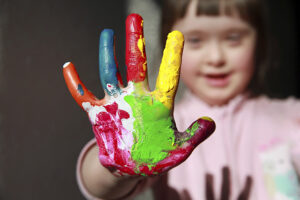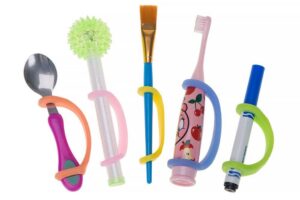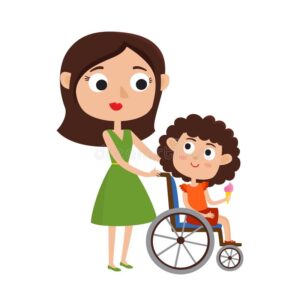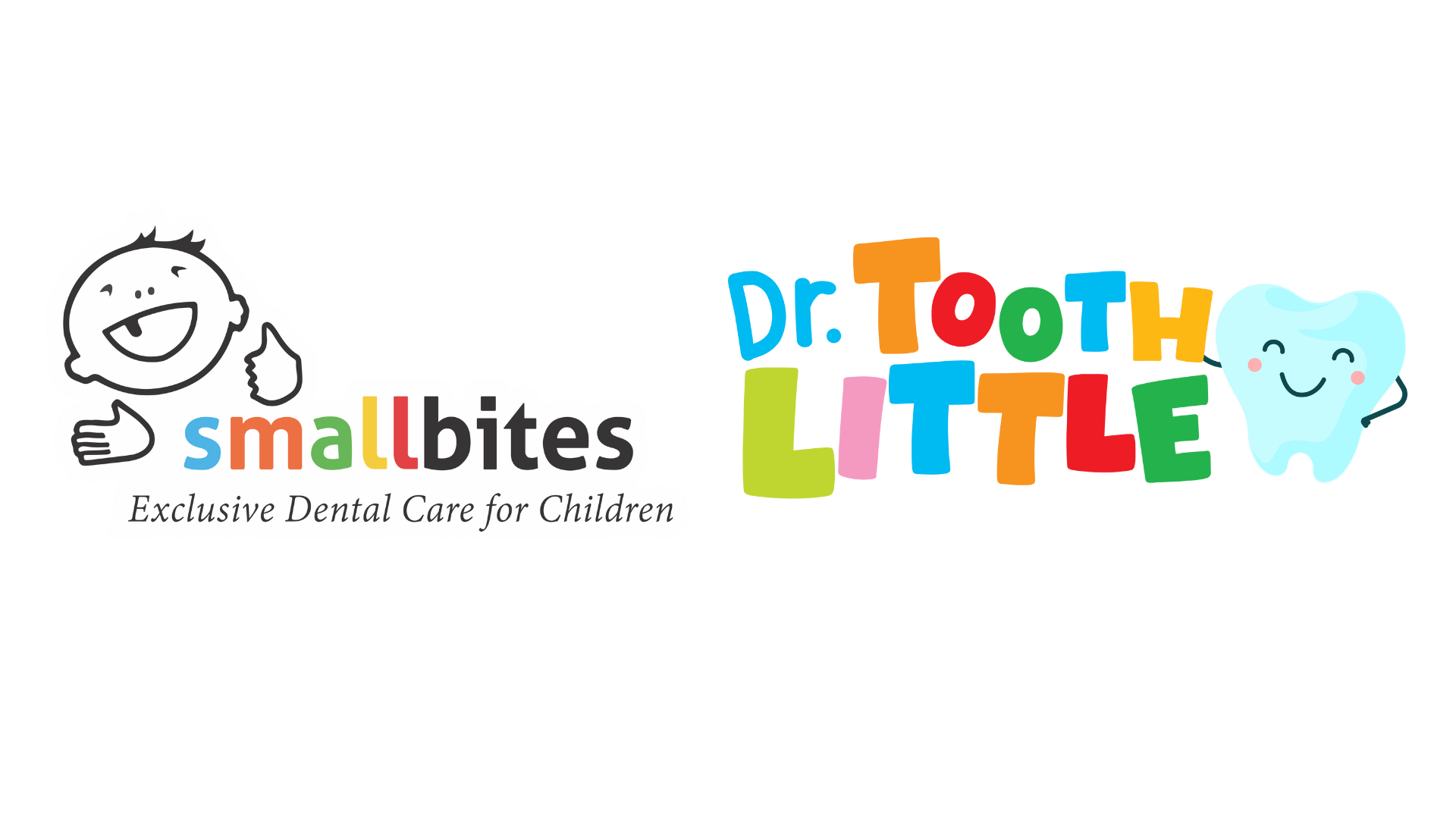“How to make brushing interesting for my child?”
Children on the whole, need special care. And children with special needs, more care!
“How to make brushing interesting for my child?” This is the most common question I get asked, for children in general and by parents of special health care needs in particular.

The few tips that parents can try and help the children:
- Start early. Earlier we start brushing the child’s teeth, easier it is for them to handle the process. We should start brushing even before the teeth come in, by cleaning the gum pads.
- Make it a fun routine, have an age based song or rhyme always before the brushing. As children grow older, always have a role model brushing with them, could be their parents or siblings.
- For children with special needs the brushes can be modified, increasing the width or length depending on the child’s requirement. To increase the lengths a ruler can be used. Or universal cuffs can be attached to the toothbrush to hold it easy.
- Drape a towel around chest or lap to help with any mess.
- A clean wet washcloth could be helpful in removing excess toothpaste when a child is unable to rinse. If needed, follow with a squirt bottle or syringe of water to rinse the mouth. Catch excess in the towel or in a basin.
Sometimes a little change in the angulation of the brush can also help, run the brush under hot water and slightly bend it. 3 sided brushes are also available, which help in easily cleaning all the surfaces. The other thing is that can help children with special needs electrical or battery operated brushes. Cuffs are also to assist.

It is advisable to arrange everything that is the brush, paste, floss and towel in the same order to make it easy for the children.
“What kind of paste should I use for my child? My child doesn’t like most of the paste”
The 2 main ingredient that can help to decide are
- Fluoride in the paste: This, we dentist like to examine the oral cavity, assess the risk, see how well the individual can spit and then decide on that. In general fluoride is good to fight against carries.
- Sodium lauryl sulphate: It’s the foaming agent. Some individuals with special health care needs may not like it, as it can irritate the gums and teeth. In that case a SLS free paste can be opted for.
“How do I assist my child with special needs?”
Now this depends a lot on the needs of the child, but the general rule is to support the head, while assisting in brushing
- Standing behind
- Sitting behind on chair, with individual sitting below
- Lying down
- With child on a small bean bag and parent sitting behind
- Standing behind the wheelchair

- Few things that can help to keep mouth open are
- Mouth props
- Small wash cloths
- 2 brushes can also be used, one to keep the mouth open and other to brush
Few general tips to make brushing fun
- Be fully prepared
- Like mentioned earlier, keep everything ready.
- Use verbal and non-verbal prompts (tapping on hands, cheeks)
- Before starting brushing, give simple prompts, and do the same every time
- Tell-Show-Do: Always talk to the child about it(Example: I am going to brush the right side first, then show the brushing motion on hand and then start brushing )
- They can have something in the hand for distraction, toy, blanket or screen
And to avoid dental problems start visiting to kids’ dental clinic as early as the child is 1 year old or when the first tooth erupts. Maintain regular visits for preventive care, early diagnosis and treatment.
The Academy of Pediatric Dentistry defines special needs children as those with chronic physical, developmental, behavioral or emotional conditions. Generally special needs children have limitations on daily activities. They require more extensive dental and medical services. Few of the common medical conditions are cleft lip or palate, down syndrome, neurological disorders, cerebral palsy, and vision and hearing impairments which require special dental care, as well as learning and developmental disabilities.

